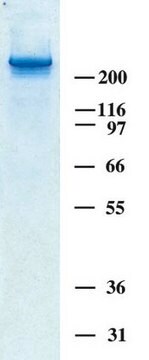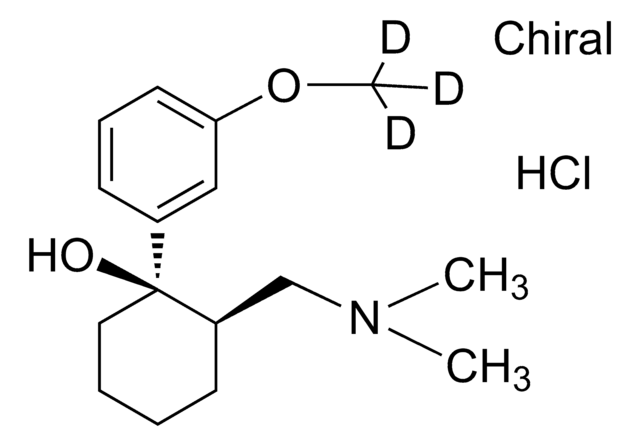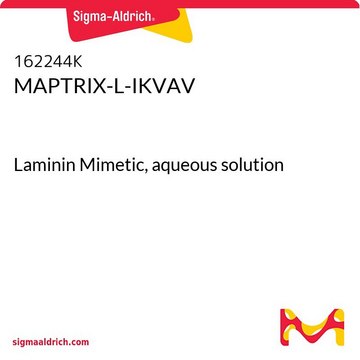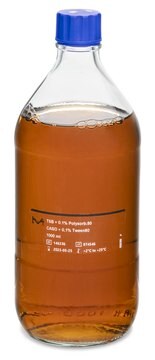CC118
Chicken Tenascin
Sinonimo/i:
Cytotactin, Tenascin-C
About This Item
Prodotti consigliati
Origine biologica
chicken
Livello qualitativo
Stato
liquid
PM
large molecular weight polypeptide 190 kDa
large molecular weight polypeptide 200 kDa
large molecular weight polypeptide 220 kDa
Produttore/marchio commerciale
Chemicon®
Concentrazione
0.5 mg/mL
tecniche
cell culture | mammalian: suitable
input
sample type neural stem cell(s)
sample type hematopoietic stem cell(s)
sample type pancreatic stem cell(s)
sample type: mouse embryonic stem cell(s)
sample type mesenchymal stem cell(s)
sample type epithelial cells
N° accesso UniProt
Condizioni di spedizione
dry ice
Temperatura di conservazione
−20°C
Informazioni sul gene
chicken ... CNTN5(395317)
Descrizione generale
Stato fisico
Stoccaggio e stabilità
Risultati analitici
Note legali
Esclusione di responsabilità
Codice della classe di stoccaggio
12 - Non Combustible Liquids
Classe di pericolosità dell'acqua (WGK)
WGK 2
Punto d’infiammabilità (°F)
Not applicable
Punto d’infiammabilità (°C)
Not applicable
Certificati d'analisi (COA)
Cerca il Certificati d'analisi (COA) digitando il numero di lotto/batch corrispondente. I numeri di lotto o di batch sono stampati sull'etichetta dei prodotti dopo la parola ‘Lotto’ o ‘Batch’.
Possiedi già questo prodotto?
I documenti relativi ai prodotti acquistati recentemente sono disponibili nell’Archivio dei documenti.
Contenuto correlato
This page covers the ECM coating protocols developed for four types of ECMs on Millicell®-CM inserts, Collagen Type 1, Fibronectin, Laminin, and Matrigel.
Il team dei nostri ricercatori vanta grande esperienza in tutte le aree della ricerca quali Life Science, scienza dei materiali, sintesi chimica, cromatografia, discipline analitiche, ecc..
Contatta l'Assistenza Tecnica.








